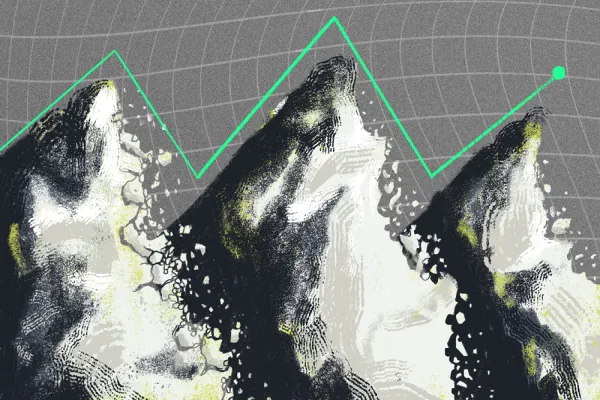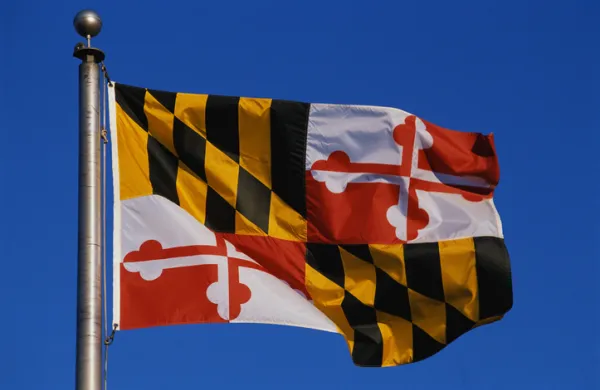If you are one of the estimated 10,000 people a year who have lost track of their 401(k) plan, get ready for some good news: The federal insurance agency that protects private sector defined benefit pensions wants to add defined contribution plans to its search program.
The Pension Benefit Guaranty Corp. recently announced that it wants to add the $4.7 trillion 401(k) plan universe to its long-running missing-plan program for traditional pensions, in which the agency seeks to track down beneficiaries who have left assets languishing in old pension or 401(k) plans and reunite them with their money. Approximately 24,000 defined contribution plans terminate each year, mostly at small employers, because companies have shut down or for other reasons. That’s compared with 1,000 defined benefit plan terminations, says the agency. Multiemployer defined benefit plans will also be added to the search mandate, as well as profit-sharing, money purchase, and 403(b)(7) plans.
“When we started out, we didn’t know about missing DC participants, and neither did anyone else,” explains Judith Starr, who has served as general counsel at the PBGC since 2005. The agency issued a request for information from organizations that regularly work with these savings plans, including the American Benefits Council, the Pension Rights Center, and AARP.
The defined-benefit-pension recovery program, in place for 20 years, has been fairly successful, reports Starr, returning assets to more than 53,000 plan participants. So good are the PBGC detectives that, back in the 1990s, they managed to track down a beneficiary in the Federal Witness Protection Program. (After reuniting him with his pension assets, the PBGC worked with witness protection officials to correct the breach in their system.)
Over the past three years — 2013 through 2015 — the PBGC has recovered $2.7 million in defined-benefit-plan assets. Missing participants represent about 2 percent of all pension plan members, a number the PBGC is using for new program projections.
The much larger group of missing defined-contribution-plan participants will be added to the agency’s searchable database. On the participant side, the unclaimed-pension directory is already the most heavily trafficked part of the PBGC’s website, reports Starr, who previously served as chief counsel of the Financial Crimes Enforcement Network at the Treasury Department and before that as assistant chief litigation counsel in the Securities and Exchange Commission’s Division of Enforcement.
When the new, voluntary program is in place in 2018, there will be two ways for 401(k) plans to make use of it. The agency can hold the money, paying interest on it toward the time it is recovered. Participants will be charged a one-time, $35 fee, which will be waived for account balances under $250. Alternatively, the plan sponsor, if still in existence, can tell the PBGC where the assets have been transferred.
Aside from assessing only the one-time fee, the new program will have another cost-effective component. Until now, plan providers have charged an ongoing maintenance fee to accounts if participants do not claim their retirement benefit, which can eat up a small balance. Moreover, when the plan owner surfaces, he has to pay taxes on a lump sum distribution.
In the new scenario, the PBGC will eliminate the need and expense of an intermediary by providing a tax-free rollover to an individual retirement account for the found participant, rather than distributing a taxable cash lump sum.
The official comment period for the proposed program closed on November 21. The next step for the PBGC is to work closely on the rollout with both the Internal Revenue Service at Treasury and the Department of Labor, both of which govern the PBGC through ERISA.
To date, the DoL’s so-called safe harbor — an action by fiduciaries that is permitted by the department — for terminating defined contribution plans has been for fiduciaries to put unclaimed funds in an IRA. But, says Starr, the DoL will change that to allow the money to go straight to the PBGC. “We like this as an option instead of IRAs,” she adds.





